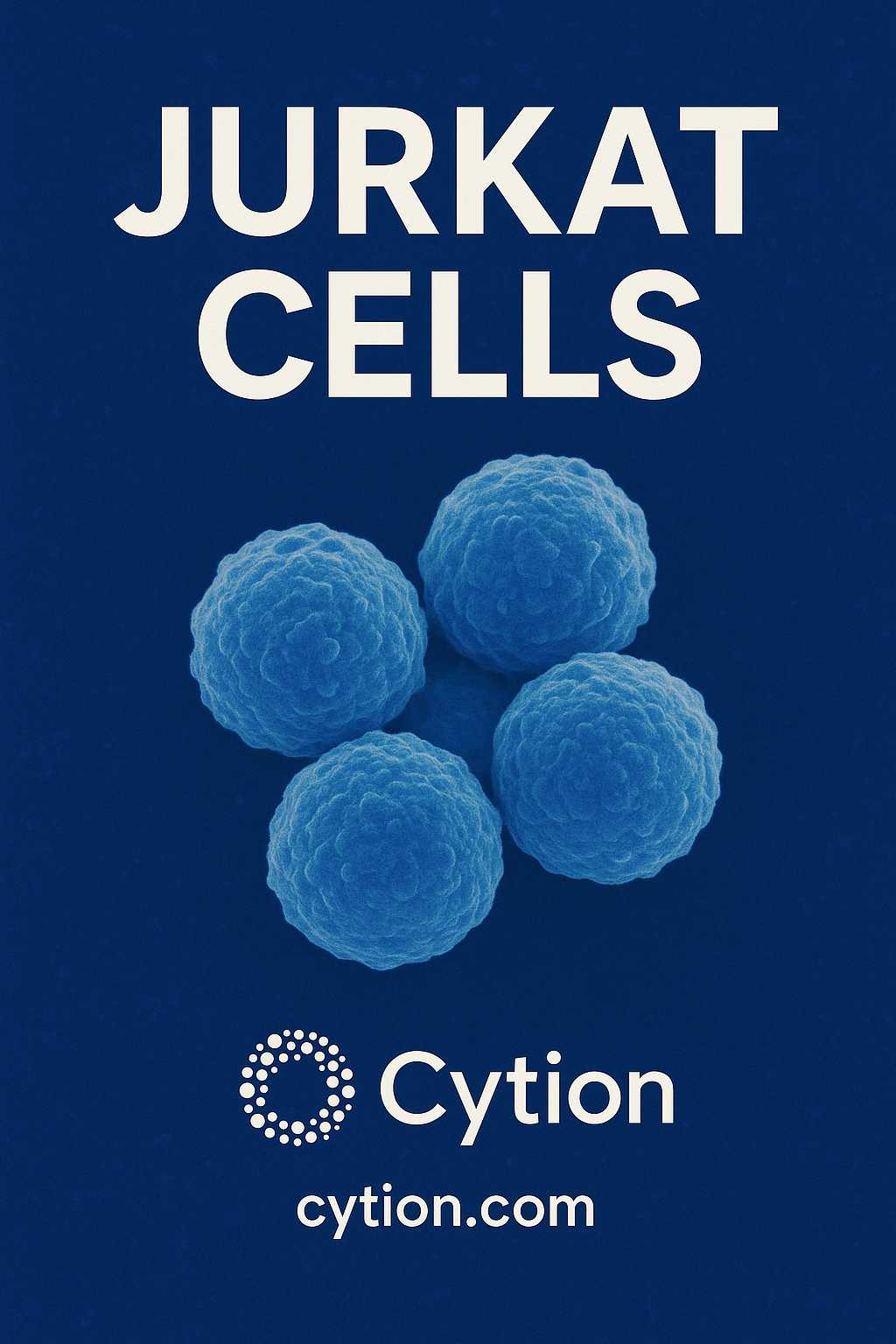Discovering the Power of Jurkat Cells: A Closer Look at Cytion’s Jurkat Cell Line (Catalog #302147)
Visit the source: https://www.cytion.com/Jurkat-Cells/302147
Jurkat cells are one of those special cell lines that have made their mark in immunology, cancer biology, and pharmacological research. Originally derived from the blood of a 14-year-old boy with T-cell leukemia in the 1970s, Jurkat cells have been indispensable in understanding how T lymphocytes function. Whether you're running apoptosis assays, studying T-cell signaling, or testing anti-cancer agents, Jurkat cells offer a flexible and powerful model.
1. Background and Identity
Jurkat cells are immortalized human T lymphocytes—specifically, CD4+ T-cells—which means they model helper T-cell behavior. Their primary use? Studying the complex signaling events that happen when T-cells are activated, especially via the T-cell receptor (TCR). This makes them essential for anyone researching immune responses, cytokine production, and T-cell-targeted therapies.
2. Morphology and Culture Conditions
Jurkat cells grow in suspension and have a round, uniform appearance under the microscope. They're relatively easy to culture:
Medium: RPMI-1640 supplemented with 10% FBS
Temperature: 37°C with 5% CO₂
Passaging: Every 2–3 days, keeping density between 2×10⁵ and 1×10⁶ cells/mL
Freezing medium: 90% FBS + 10% DMSO for cryopreservation
They thrive without needing a surface to adhere to, which simplifies maintenance.
3. Why Jurkat Cells Are Widely Used
Immunology Research: They are a classic model for T-cell activation, IL-2 production, and NF-κB pathway analysis.
Apoptosis Studies: Jurkat cells are used to explore both intrinsic and extrinsic cell death pathways using drugs or genetic manipulation.
Signal Transduction: These cells are a gold standard for dissecting intracellular signaling, especially after TCR engagement.
Cancer Research: As leukemia-derived cells, they help researchers understand hematologic malignancies and test cytotoxic drugs.
Gene Expression & Editing: Jurkat cells are highly transfectable and often used in CRISPR, RNAi, and overexpression studies.
4. Key Variants and Derivatives
Over time, specialized Jurkat sublines have emerged:
JCaM1: Lacks Lck kinase for studying TCR signaling defects
I 9.2: Fas-deficient line, ideal for apoptosis work
Clone E6-1: Most commonly used variant in immunology
These allow targeted exploration of cellular pathways and responses.
5. Cytion’s Jurkat Cells: What Sets Them Apart
When ordering Jurkat cells, quality matters. Cytion’s Jurkat cells (Catalog #302147) come with several benefits:
High Viability: >90% after thawing
Certified Mycoplasma-Free
Detailed Protocols Provided
Consistent Growth and Responsiveness
Cytion ensures that their cells meet the rigorous demands of modern immunological and pharmaceutical research.
6. Common Experimental Applications
TCR Signaling Assays (e.g., CD3/CD28 stimulation)
Calcium Flux Measurement
Flow Cytometry for Surface Markers and Apoptosis
Western Blot for Pathway Proteins (e.g., ZAP-70, LAT)
Transfection for Reporter Assays or Gene Knockout/Knockdown
7. Handling Tips and Troubleshooting
Clumping? Gently pipette to disperse or reduce density.
Poor Viability? Ensure correct passage density and serum quality.
Low Transfection? Electroporation or lipid-based kits improve efficiency.
Slow Growth? Check for contamination or medium pH imbalance.
Keep track of passage number; use early passages for reproducible results.
8. Future Potential of Jurkat Cells
Jurkat cells remain a cornerstone in T-cell biology. As immunotherapies like CAR-T and checkpoint inhibitors evolve, Jurkat-based models continue to adapt. They’re now used in:
Synthetic biology circuits
Biosensor development
High-throughput screening for immunomodulators
Final Thoughts
Jurkat cells are foundational in immunological research. Their ease of use, genetic tractability, and responsiveness to stimuli make them ideal for labs of all sizes. If you're embarking on a T-cell-focused project, Cytion’s Jurkat Cells (Catalog #302147) offer reliability, documentation, and peace of mind.
Stay curious, stay immune-savvy!






















